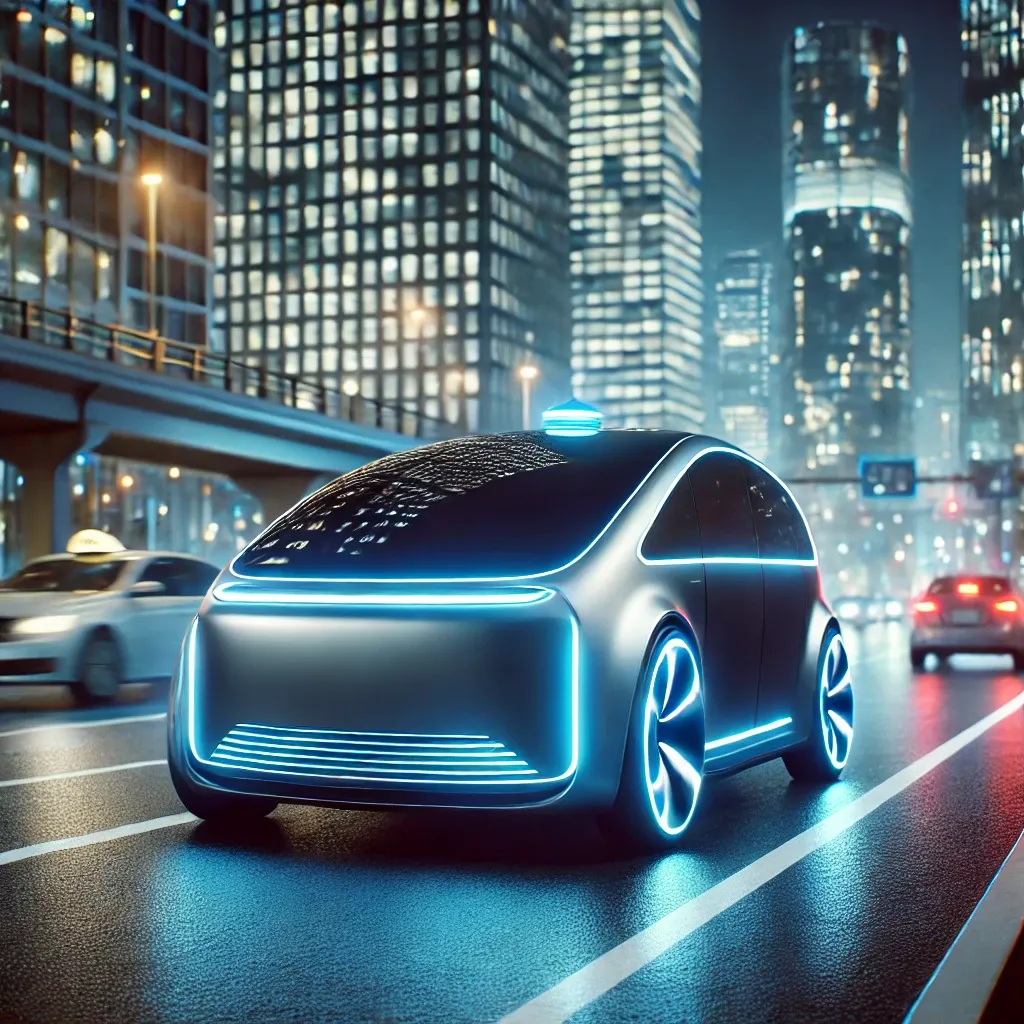Have you ever wondered what the future of urban transportation looks like? Imagine a world where taxis are self-driving, efficient, and connected through cutting-edge technologies. Welcome to the world of the cyber cab, where autonomous vehicles powered by advanced lidar systems redefine the travel experience. In this article, we explore how the cyber cab is shaping the future of mobility, uncover the promise of robotaxis, and delve into the technology behind lidar.
Robotaxis: The Cybercab Revolution
Robotaxis, or cyber cabs, are self-driving vehicles designed to operate as autonomous taxis. These futuristic services offer seamless rides without the need for human drivers. Thanks to innovations in artificial intelligence, machine learning, and automotive engineering, the once-distant vision of a fully autonomous taxi service is now becoming reality.The emergence of cyber cabs offers a glimpse into the potential for smarter, safer, and more sustainable urban travel. Large companies such as Tesla and Waymo have made significant strides in this area, introducing pilot programs and planning commercial robotaxi services.
- Fewer Traffic Accidents: Autonomous cabs leverage sensors and algorithms that are less prone to human error.
- 24/7 Availability: With no need for rest, robotaxis are available at any hour.
- Reduced Emissions: Many cyber cabs are electric vehicles, contributing to lower air pollution.
- Cost-Efficiency: Long-term, autonomous services could lower operational costs and fare prices.
- Enhanced Accessibility: Cyber cabs may provide mobility for those unable to drive, such as the elderly or disabled.
The race to deploy robotaxis is heating up across the globe, with companies collaborating with cities to adapt infrastructure and policies to enable autonomous services. By 2030, it’s predicted that many major cities will have integrated fleets of robotaxis.
Lidar: The Vision System Behind Cyber Cabs
The backbone of many autonomous vehicles, including cyber cabs, is lidar technology. Lidar—short for Light Detection and Ranging—is a remote sensing method that uses laser beams to measure distances. It builds a 3D map of the surrounding environment, enabling the vehicle to detect obstacles, traffic, and pedestrians.Lidar plays a crucial role in achieving the high precision required for safe autonomous driving. Here’s how it supports cyber cabs:
- Accurate Distance Measurement: Lidar sensors capture details within a few centimeters.
- 360-Degree Awareness: Multiple sensors create a complete picture of the vehicle’s surroundings.
- Weather Adaptability: Lidar works reliably in different lighting and weather conditions.
- Real-Time Processing: Data is analyzed instantly to make quick driving decisions.
- Integration with AI Systems: Lidar data feeds into machine learning algorithms for better navigation.
With recent advancements, lidar systems have become more affordable and compact, paving the way for widespread adoption in autonomous vehicles.
Cybercabs Are Here to Stay: A Glimpse Into the Future
The cyber cab isn’t just a fleeting trend but part of a larger transformation in how people travel. As companies like Warner Bros. partner with tech firms to conceptualize futuristic designs and Tesla advances self-driving technology, the cyber cab represents an innovative intersection of transportation, technology, and convenience.Autonomous vehicles are expected to become key players in the smart cities of tomorrow. Alongside sustainable solutions like electric buses and bike-sharing systems, cyber cabs offer an integrated mobility experience. The ability to summon a driverless cab through an app will soon become as common as ordering a ride-hailing service today.
- Smart City Integration: Cyber cabs will connect seamlessly with public transport systems.
- Dynamic Pricing Models: AI-based algorithms will set fares based on demand and traffic.
- Improved Safety Regulations: Governments will introduce new safety standards for autonomous fleets.
- Increased Public Trust: Ongoing pilot programs aim to address safety concerns.
- Exciting User Experience: Interactive features and in-cabin entertainment will redefine travel.
The cyber cab industry promises a world where transportation is no longer bound by human limitations, offering a smarter, cleaner, and more efficient future.
Conclusion
As the cyber cab industry advances, combining the innovation of robotaxis with the precision of lidar technology, the future of transportation looks promising. These vehicles not only redefine convenience but also help pave the way toward safer and greener cities. In the words of Albert Einstein, “Life is like riding a bicycle. To keep your balance, you must keep moving.” With cyber cabs leading the way, the journey toward smarter mobility has just begun.






